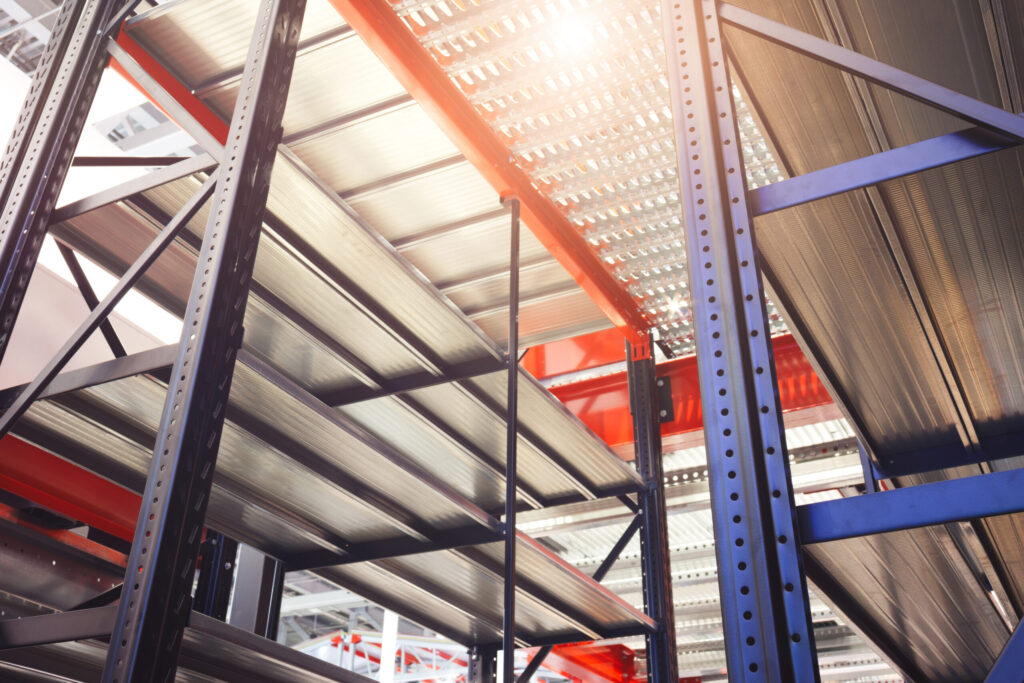Everyone has experienced the effects of supply chain disruption these last few years, from scanty supermarket shelves to strangely expensive construction materials. But if you live in the Service Supply Chain world, you also know it does not take a pandemic to yield empty shelves. Sometimes the part you need to complete a job is not available; that’s just a common nuisance within your industry.
Unfortunately, this common nuisance can quickly spiral out of control, resulting in unhappy clients and extra costs. In our recent eBook, Accelerate Backorder Resolutions With Cross-Functional Collaboration, we discuss how to develop a proactive approach for when the part you need is not in the right place at the right time.
This blog post provides some key takeaways, but for a more comprehensive look, download the eBook here.
Backorder Management in Service Parts Management
In the case of a stockout, your technicians do not have onsite access to the part they need to fill customer demand, but they can usually get it from another location. Backorders are even more challenging because they imply other warehouses do not have the missing part either; you may have to wait on it for days, weeks, or months.
In some cases, even a day’s delay can be catastrophic: Think of a specialized machine that could have life-or-death implications for a hospital patient. What do you do when this hospital is your customer and your technicians do not have access to the part that they need to fix that broken machine? To avoid panic-inducing emergencies, it’s best to have a proactive backorder management plan.
Common Causes of Backorders
It does not always make financial sense to stock every part you may need at every warehouse, especially if you know you’ll only use that part once a year. You must strike a balance between the cost of having a part versus the cost of stocking a part, and it takes the right data to arrive at this decision. That said, lack of inventory visibility across your network as well as a cloudy understanding of which parts you definitely should have in stock are common causes of backorders. Some other common causes include:
- Failure to forecast accurately
- Supply chain interruptions
- Incorrect part numbers or inventory information
- Stocking and shipping errors
- Disparate systems
- No real-time information
Each issue leads to the same consequences: unnecessary costs, wasted time or resources, and damaged relationships. By understanding the causes and knowing what to look for, you can proactively work to reduce these issues from impacting your bottom line.
Backorder Resolution and Prevention: Best Practices
The key to dealing with backorders boils down to better Service Parts Management, which takes predictive prowess, cohesion across teams, systems integration, and easy access to data-backed insights.
We recommend you lean on technological tools with a proven track record to do your complex calculations like finding the most cost-effective method for stocking and transporting parts. Real-time visibility into your operations and tools that give you a detailed overview of your inventory are also essential, as they allow you to catch potential backorders before they occur or gear up for them in advance. For example, an integrated platform that automatically flags backorder “escalation” cases can help you proactively prevent damages to customer relationships.
Luckily, there are many more steps you can take to keep your customers happy by getting ahead of backorders. Ready to learn them? Check out our whitepaper, Accelerate Backorder Resolutions With Cross-Functional Collaboration.




